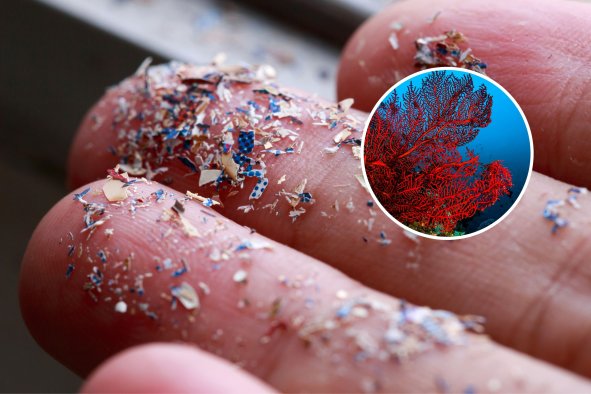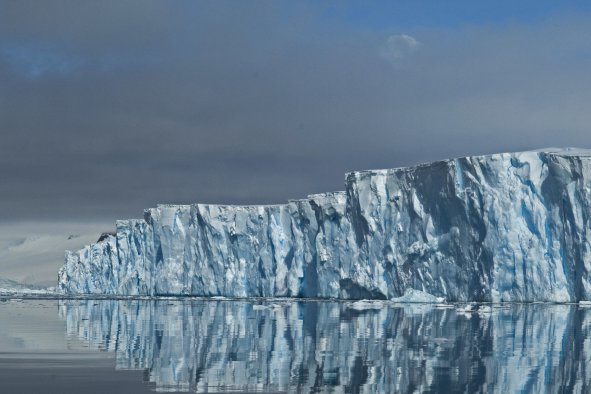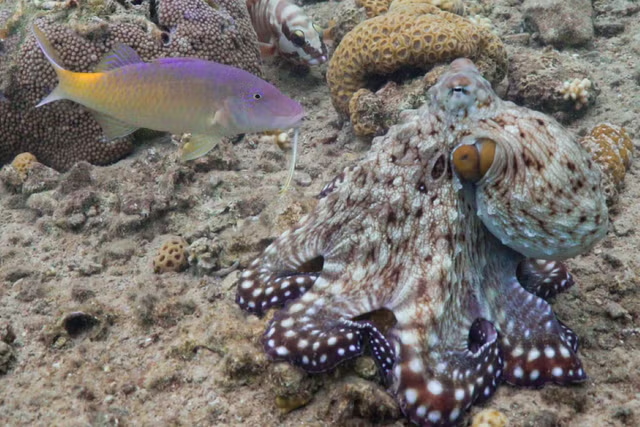Artificial intelligence has helped researchers to uncover hundreds of ancient land artworks in Peru.
The mysterious pre-Hispanic figures, known as geoglyphs, are motifs etched into the ground via the movement of stones or gravel. Such figures have been found across the Nazca desert region in southern Peru on a high, arid plateau.
The geoglyphs provide archaeologists with a unique window into the cultures and beliefs of the ancient people who created them, with the earliest examples dating back more than 2,000 years. The geoglyphs were designated as a UNESCO World Heritage Site in 1994.
Field surveys that began in the 1940s and continue to the present day identified around 430 figurative geoglyphs depicting various figures, including animal and humanoid motifs, over a period of around a century.
But in a study published in the journal PNAS, a team of researchers applied AI-assisted image analysis to high-resolution photographs of the entire Nazca region. This effort, led by Masato Sakai with the Faculty of Humanities and Social Sciences at Yamagata University in Japan, led to an accelerated rate of geoglyph discovery.
The study identified an additional 303 geoglyphs over the course of only six months, nearly doubling the number of known examples.
Even with limited training examples to work with, the developed AI approach was shown to be effective in detecting the smaller "relief-type" geoglyphs, which unlike the giant "line-type" geoglyphs are very difficult to discern.
"This paper demonstrates how AI accelerates discoveries in archaeology, even in a region as well known as the United Nations Educational, Scientific and Cultural Organization (UNESCO) World Heritage site of Nazca," the authors wrote in the study.
The researchers analyzed the form and location of the geoglyphs, which shed new light on their potential purpose or function.
The team found that relief-type geoglyphs depict mainly human motifs or motifs of things modified by humans, such as domesticated animals and decapitated heads. These are typically located within viewing distance of ancient trails that crisscross the region and were most likely built and viewed at the individual or small-group level, the authors propose.
Giant line-type figurative geoglyphs mainly depict wild animals. These are found an average of 34 meters (111 feet) from the elaborate ceremonial network of linear/trapezoidal geoglyphs, which suggests that they were probably built and used on a community level for ritual activities, according to the study.
"Our vastly improved account of relief-type figurative geoglyphs reveals that they differ from line-type figurative geoglyphs beyond their style and size," the authors wrote. "The line-type and relief-type also differ in the motifs they depict, their distribution, and their relation to the meshwork of winding trails and the ceremonial network of linear/trapezoidal geoglyphs.
"Taken together, this makes a compelling case for different nature and purposes of relief-type and line-type figurative geoglyphs: the former sharing information about human activities with individuals or small groups and the latter built and used by the community for ceremonial purposes."
Do you have a tip on a science story that Newsweek should be covering? Do you have a question about archaeology? Let us know via science@newsweek.com.
Disclaimer: The copyright of this article belongs to the original author. Reposting this article is solely for the purpose of information dissemination and does not constitute any investment advice. If there is any infringement, please contact us immediately. We will make corrections or deletions as necessary. Thank you.



